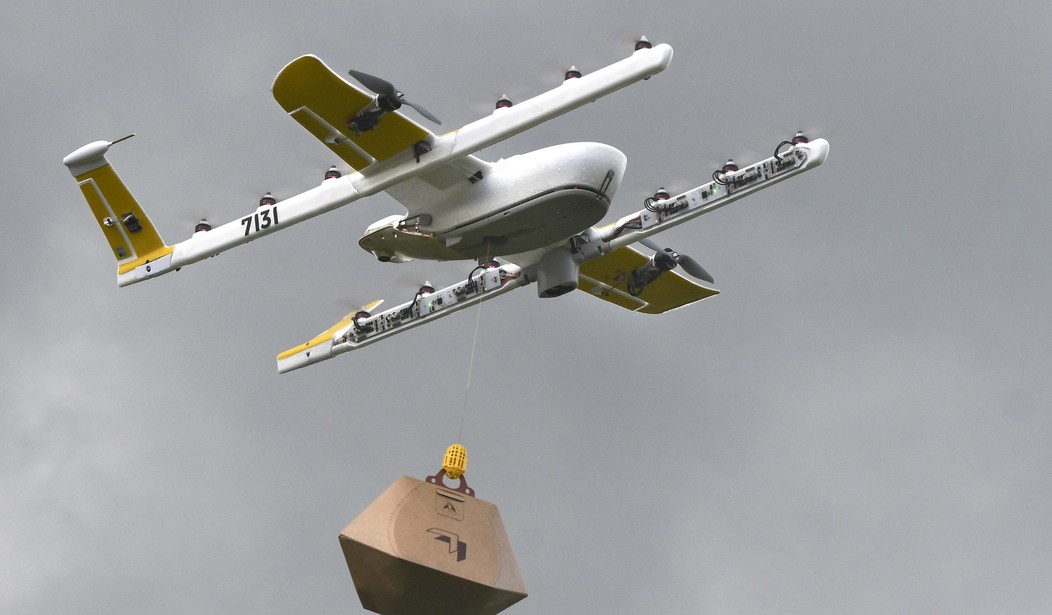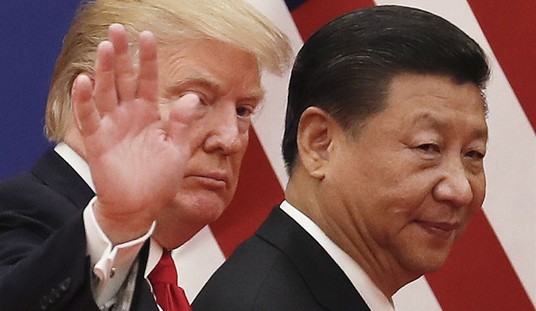WASHINGTON – One of the top issues on NASA’s agenda is Urban Air Mobility (UAM), which an agency official told PJM could turn out to be a “multitrillion-dollar” market.
“I can’t speak to all of NASA, I mean, obviously on the space side exploration is a huge topic as well as space science. In aeronautics, the kinds of things that we’re getting a lot of attention about is X-planes, so things like X-59, X-57 and X-59 – we are bringing things to the integrated flight phase and getting them out into flight to test out those highly integrated technologies,” said Robert Pearce, deputy associate administrator for strategy in the NASA Office of the Associate Administrator, during an interview after a recent Senate Aerospace Caucus discussion, “Hypersonics and Aerospace – R&D and future technologies.”
“The other one is on [Unmanned Aircraft Systems] integration, Urban Air Mobility, a lot of interest there because it’s a brand-new market. It could be, you know, make up a number, but it could be a multitrillion-dollar kind of market just like the current air transportation system is today,” he added.
Pearce said NASA is working on adding “appropriate levels of artificial intelligence” to UAM and UAS applications.
“At least in our realm in aeronautics, the ability to do highly automated and even autonomous operations is definitely part of that future state. So if you look at UAS, if you look at urban air mobility applications, even traditional transports in terms of getting higher levels of safety because it’s such a safe system today,” he said.
“We want to be adding appropriate levels of artificial intelligence in order to get to more highly autonomous operations. Now, you know, one of the things we try to do is not to replicate what others are already doing so there’s so much effort in other industries and academia and so forth on artificial intelligence. We’re looking to leverage that toward the kind of applications, higher levels of safety, higher levels of efficiency and so forth than just enablers,” he added.
Peace explained how artificial intelligence advancements would help develop fully autonomous operations with regard to UAM.
“If you look at urban air mobility, there’s no way you could put a pilot in every vehicle, and you know people couldn’t react fast enough to the kind of decisions that would have to be required,” he said.
“So we would take those advancements, do the research in terms of how you apply it to the kinds of applications we’re looking at relative to aviation operations and then bring that to high [Technology Readiness Levels], so prove it out in relevant environments and then transition that back to industry for application,” he added. “So that’s kind of how we are looking at it.”
Pearce was asked if NASA is collaborating with Google in the area of artificial intelligence. He said NASA and Google are currently working on Google Wing – the company’s drone package delivery program that’s similar to Amazon’s Prime Air delivery service involving unmanned aerial vehicles.
“Google has ambitions, in fact, they’ve got a whole project on Google Wing – on operating UAS for package delivery just like Amazon does and so forth. So we’re working with them in that regard, and they’re bringing their expertise in terms of how you would add that intelligence to the system,” he said.
“So, yes, so we’re working with them in that dimension but not specifically on a purely AI kind of topic. It’s all applied to a particular type of problem,” he added.
Pearce declined to comment on President Trump’s proposal for a Space Force.
Defense Undersecretary for Research and Engineering Michael Griffin also participated in the briefing but was not available for interviews afterward.









Join the conversation as a VIP Member